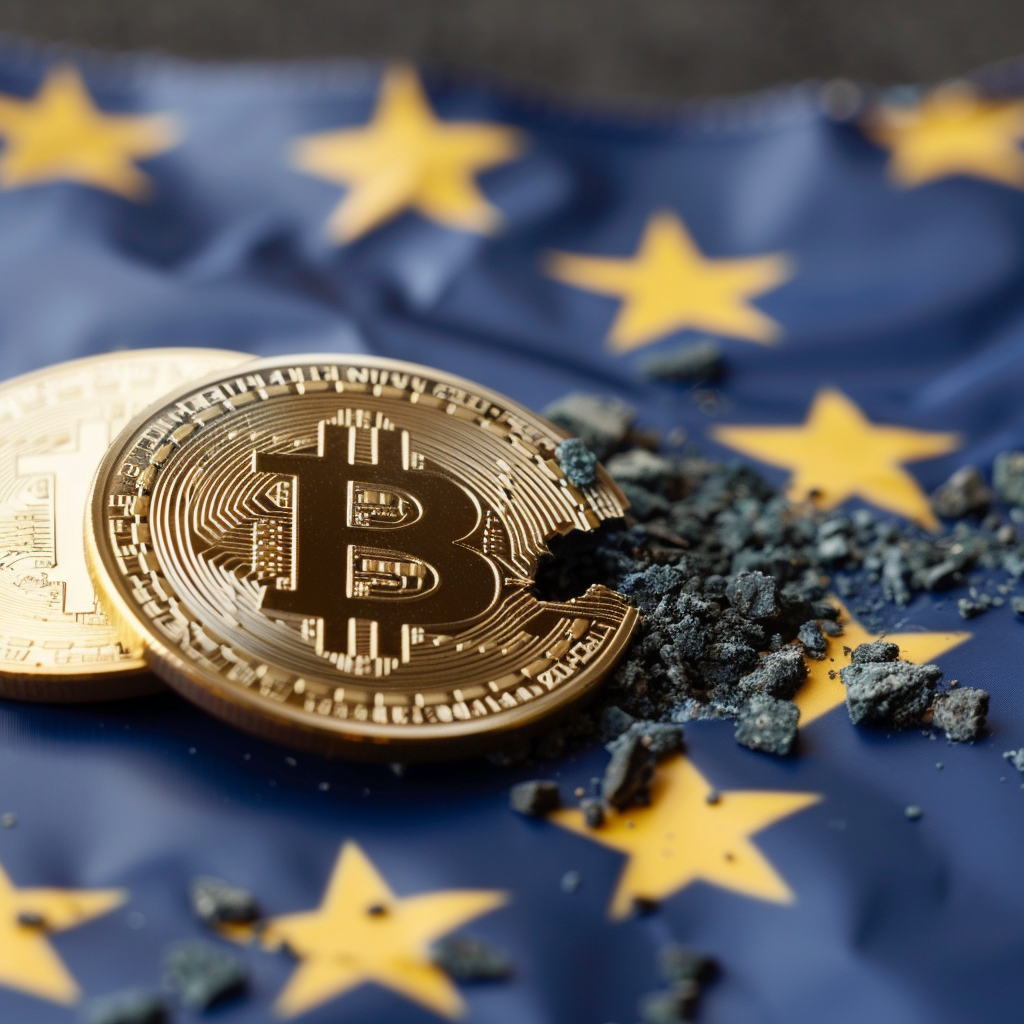Taking a bite out of MiCA, the EU's comprehensive crypto legislation challenging the nature of decentralisation
EU regulators have proudly championed their comprehensive crypto regulation, but does it provide protection while allowing innovation?
To much fanfare, European Union legislators and commissioners last year negotiated the final framework of the bloc's cryptocurrency regulation, known as the Markets in Crypto-Assets Regulation (MiCA).
On June 30 of this year, Titles III and IV came into force, stipulating the requirements for issuers of "asset-referenced tokens" (commodity basket tokens) and "e-money tokens" (stablecoins). The rest of the regulation will come into force in December 2024.
Both the European Banking Authority and European Securities and Markets Authority have issued corresponding compliance clarification and guidance on MiCA, and at least one token issuer was quick to receive the green light.
The stablecoin issuer Circle was the first to receive a MiCA-compliant license for its USD and EUR-backed tokens earlier this month, granted by the French Autorité de Contrôle Prudentiel et de Résolution (Prudential Supervision and Resolution Authority).
That Circle's USDC and (much less capitalised) EURC met easy approval is not surprising, given the company's significant lobbying efforts in Brussels and Paris. It's uncertain whether the more popular stablecoin USDT (Tether), which has three times the market cap of USDC, will be able to pass the same test.
How other cryptocurrencies and crypto industries will fare, including those using Bitcoin and Ethereum, remains to be seen.
What does MiCA do?
MiCA creates various rules, restrictions, and licensing regimes aimed at issuers of cryptocurrencies, cryptocurrency exchanges, and those those integrate or use cryptocurrencies in their institutions.
There is a dual-licensing regime, leaning on member state authorities to enforce and police various crypto rules and restrictions imposed on these firms and individuals.
The process for launching token projects and listing them on various exchanges is highly regimented and controlled under MiCA, requiring everything from environmental and sustainability disclosures, white papers, identifying information for token "offerers" and certain measures to comply with Know Your Customer (KYC) and Anti-Money Laundering (AML) provisions.
While the full text of MiCA rounds out at just 166 pages, the clarifying guidance from EBA and ESMA crank that number up to easily 1,000 pages of regulations.
One lawyer I spoke with who deals with MiCA compliance in a member state mentioned that half their job now is just in reading and keeping up to date with the new requirements being releases every few weeks. More work for lawyers!
What problems does MiCA solve?
In pure EU Tech Loop fashion, it's worth examining what MiCA purports to solve and whether it achieves that goal while protecting innovation.
As I wrote in Brussels Times in 2022, a lot of the impetus around the urgency for MiCA were the numerous cryptocurrency exchanges and tokens blowing up because of liquidity fears, fraud, or just outright malfeasance. FTX certainly comes to mind. You could name plenty of scams or pump-and-dumps that have also caused plenty of consumer harm.
Much of the public communication around the need for MiCA was about creating a stable regulatory regime for Bitcoin and its crypto-offspring, as well as protecting consumers who use various crypto services.
Strict division of user funds and company accounts, well-capitalised reserves, as well as disclosures of ownership interests, accounting practices, and robust blockchain analysis to deter crime and tax evasion have been central to the EU's messaging on MiCA.
For the most part, they have provided for a comprehensive framework that does address all of these topics. Ensuring crypto brokerages and exchanges act in good faith and are held liable for failures is common sense.
In that, MiCA does achieve its goal by creating the rules of the road for those who want to create cryptocurrency businesses in the EU.
But in many cases, there are some unworkable elements and requests that will prove too difficult for anyone to comply with, creating a regulatory mess that will serve only to cordon off Europeans from a lot of great crypto innovations.
They also aim to direct and control the very nature of certain cryptocurrency protocols, undoing the unique properties and use cases for networks like Bitcoin in the first place.
The very nature of cryptocurrencies is challenged
It is no mystery that I have been writing and thinking about Bitcoin for a long time. For anyone involved in tech and innovation policy, the world's first decentralised cryptocurrency is both a fascinating object of study and practice.
Satoshi's innovation laid the groundwork for everything related to cryptographic protocols that represent value of some kind, hence why I refer to Bitcoin and its "crypto-offspring".
Since the launch of Bitcoin whitepaper and later the network of decentralised nodes, the code has been forked, replicated, and tweaked to provide for the thousands of cryptocurrency projects that exist today.
The status of Bitcoin under MiCA is somewhat puzzling. While most of the MiCA compliance requirements focus on insurers of tokens, identified developers, and protocol requirements, the inherent decentralisation and proof-of-work protocol make it difficult to categorise when compared to proof-of-stake protocols that are otherwise very centralised.
When Satoshi launched Bitcoin, it was meant to be an open-source digital representation of value that could not be inflated away by governments, had no single point of failure, and could be run on a global network of thousands of computers that would work to validate and mine blocks. There is no central control mechanism, no doxxed creator, and no CEO who can be issued a subpoena to be dragged before regulatory authorities.
While regulatory guidance has stated that "MiCA does not intend to bring into scope the open-source software projects that often serve as user-friendly access points," the proliferation of requirements and restrictions on token issuance, environmental standards, and financial surveillance leave that in doubt.
If cryptocurrencies were created to serve as a separation of money and state, how can their widespread use be carolled into compliance by various government authorities?
For MiCA, this is solved by placing regulations on the the various touch points and entities that will handle conversion and handling of cryptocurrencies: exchanges, financial firms, and token issuers.
Those with plentiful resources, hoards of lawyers, and access to European institutions will thrive with others are left in to rot in forever compliance.
Principally, the most threatening parts of MiCA include the mandatory financial surveillance and strict environmental reporting requirements, which threaten the validation protocol specifically for Bitcoin, which uses a proof-of-work algorithm in which computers run guesses to solve blocks and win the rewards.
Proposed amendments to MiCA had floated the idea of banning proof-of-work networks like Bitcoin because of the concerns of energy use, but these were thankfully scuttled.
The adoption of anti-money laundering provisions incorporated from recommendations of the Financial Action Task Force, are more stringent on cryptocurrencies than fiat currencies in the traditional banking system, creating a bifurcation that places a heavier data privacy burden on ordinary people who would like to transact.
Conclusion
Overall, I believe there is still some good that MiCA has created for people interested in cryptocurrency innovations.
There is a basis of law, a set of regulations that will be commonly applied across European nations, and a pathway for innovators and entrepreneurs that want to come out of the shadows and legally offer consumers services they want to use.
The protections for consumers when using crypto exchanges and brokerages are also very welcomed, giving us more consumer protection and certainty that bad actors won't have easy access to our funds.
At the same time, there are many glaring issues that undermine the very nature and purpose for cryptocurrencies. The ability to freely transact without intermediaries, and to maintain a decentralised network based on sound issuance standards that provide incentives to honest actors are paramount.
If MiCA evolves to protect this principle, with still maintaining robust consumer protections, then it will be a success. If, however, it burdens cryptocurrency innovations with more rules and regulations than are necessary, it will be a hard time for European consumers and users. We hope the former rings more true than the latter.







